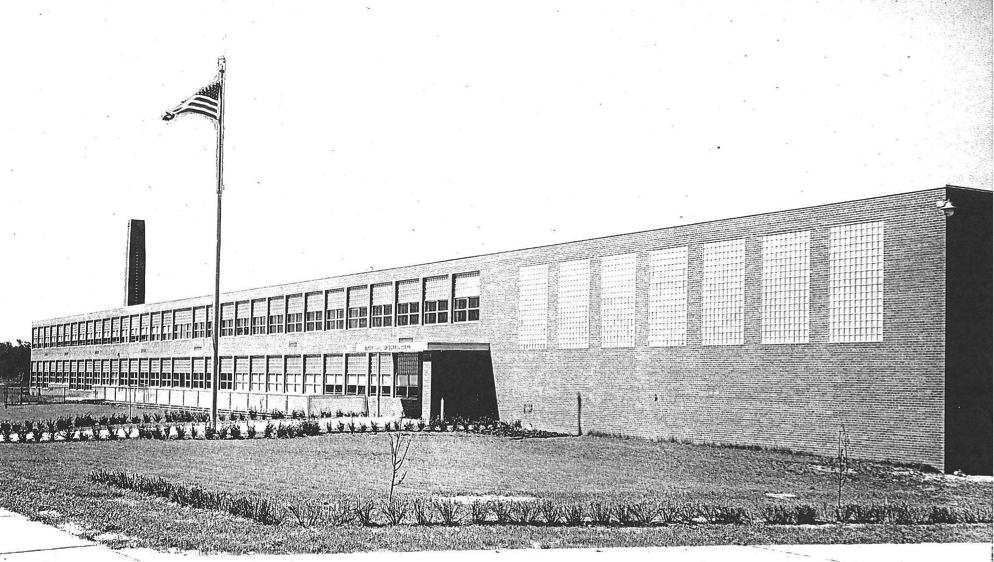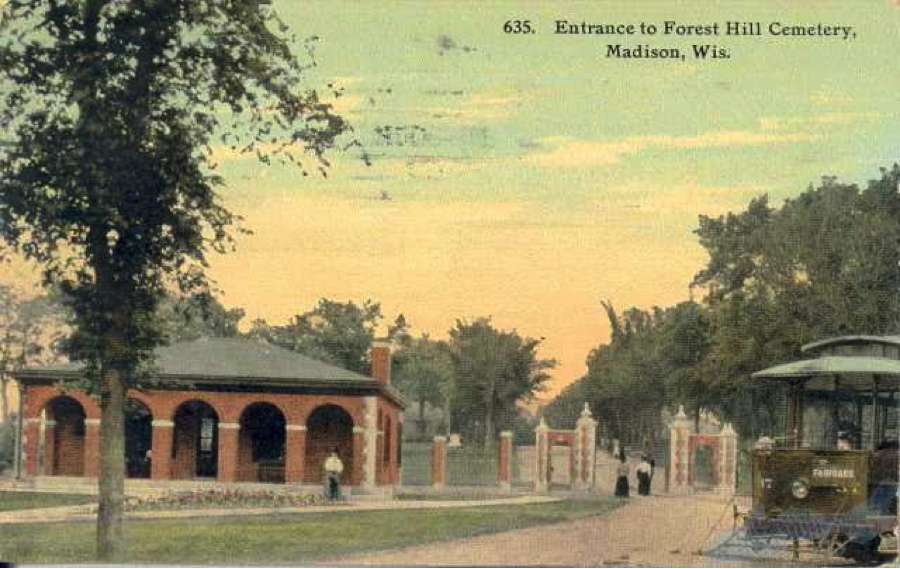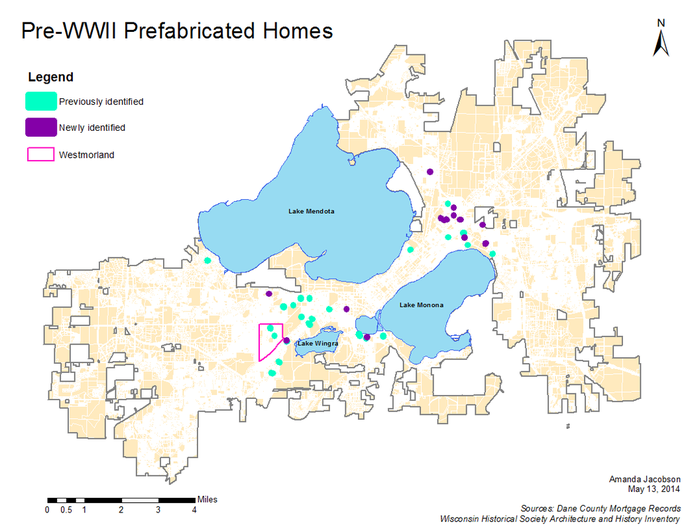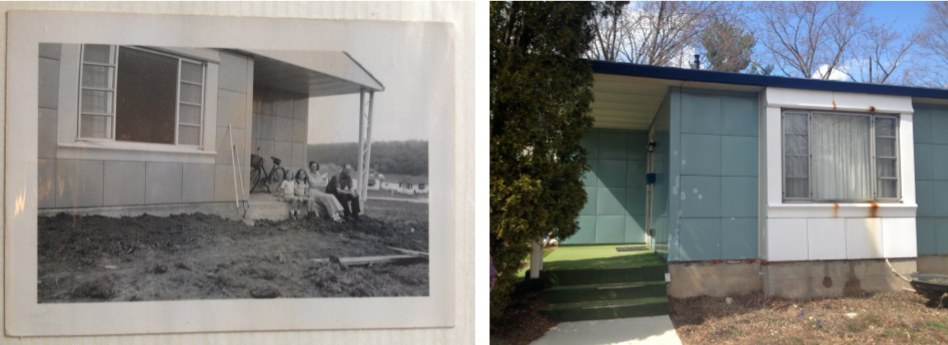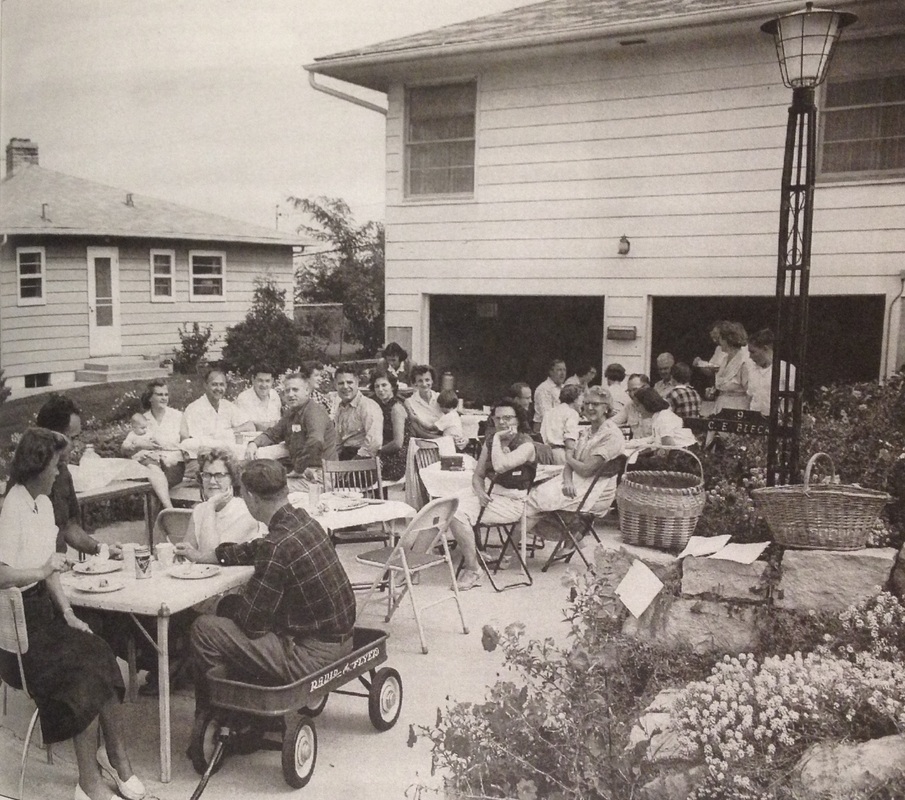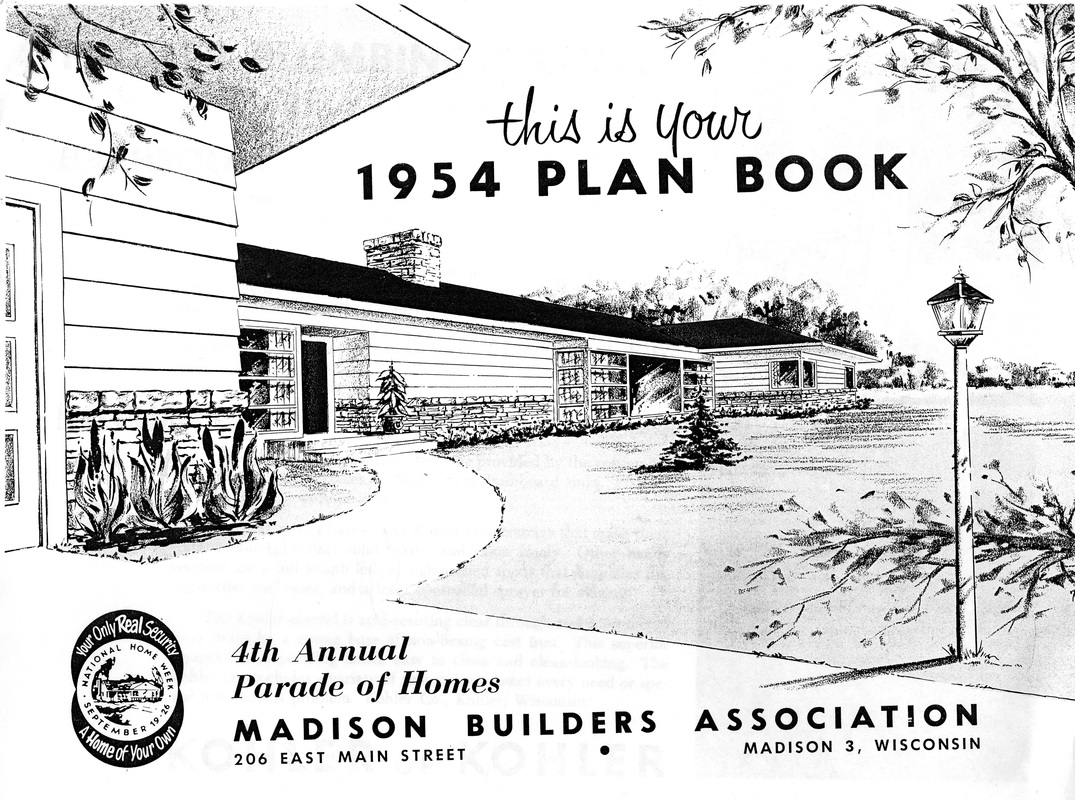Westmorland in Madison, Wisconsin
The papers summarized below were capstone projects in the Spring 2014 course, "Methods in Buildings-Landscapes-Cultures," at UW-Madison. That semester the class focused on American suburban landscapes, and in particular early suburbs in Milwaukee and Madison. Students conducted fieldwork in these locations, learning how they reflected both national architectural trends and local fashions and customs. Click here to see projects from the same class on suburban landscapes in Milwaukee.
|
Midvale Elementary School: A Study of Growth and Social Change
by Sara Champlin This research situates Midvale Elementary School, which is located in the Westmorland Neighborhood of Madison, Wisconsin, within the broader discourse of suburbanization, and within the historical development of America’s educational system. While some of the broader trends that it touches upon might also be true for other schools in other parts of the country, the evidence employed here is drawn mostly from oral interviews with retired teachers and principals from Midvale, from careful observation of the building itself, and from archival research conducted at the Wisconsin Historical Society and at the main office of the Madison Metropolitan School District. The paper considers the production of American identity on a micro scale during the years immediately following World War II; it also explores how the school fostered communal growth during that time, and how it continues to function as an instrument for social change. |
|
“Named and styled Forest Hill”:
Everyday Life in the Rural Cemetery by Angela Hronek When city official Darwin Clark commissioned Madison Wisconsin’s cemetery in 1858 he resolved, “‘That the new Burying Ground be named and Styled Forest Hill,’” producing place in what Henri Lefebvre and Michel de Certeau would interpret as an act of strategic power. And yet, in the everyday social and recreational usage of the cemetery from the 1860s through today, individuals have subverted and evolved Clark’s prescriptive meaning; in effect, Madison’s citizenry “named and Styled” this landscape in their own image. Scholarly literature on nineteenth-century rural cemeteries frequently views them as static historic places. In this research on the case study of Forest Hill, I consider how its built environment has been practiced, enunciated, and signified through historical modes of transportation and mobility to become a dynamic space. My work draws on cultural geography and material culture, but is ultimately grounded in the cemetery’s landscape architecture. |
Evolution and Identification of Pre-WWII Housing in Madison, WI
by Amanda Jacobson
by Amanda Jacobson
This research largely focuses on the advances and changes in the pre-World War II housing industry that allowed for the post-war mass-produced nature of housing seen throughout the country. My report attempts a macro-scale look at the pre-World War II prefabricated housing industry, and attempts a smaller scale focus on Westmorland, an early twentieth century suburb located in Madison, Wisconsin. Westmorland contains homes constructed from 1860 until 2001, with about 16% of the existing homes constructed by 1940.
Initially I had two main goals – First, I wanted to explore the historical significance of pre-WWII prefabricated homes to the communities they were constructed in, and Second, I wanted to identify additional prefabricated homes in the Westmorland neighborhood. The first goal was primarily addressed through a literature review that included literature written during pre-WWII years by critics such as Lewis Mumford. I also utilized Newspaper Archive to search Wisconsin newspapers from 1900 to 1940 in an attempt to gain a deeper understanding of local trends and opinions on prefabricated housing.
Initially I had two main goals – First, I wanted to explore the historical significance of pre-WWII prefabricated homes to the communities they were constructed in, and Second, I wanted to identify additional prefabricated homes in the Westmorland neighborhood. The first goal was primarily addressed through a literature review that included literature written during pre-WWII years by critics such as Lewis Mumford. I also utilized Newspaper Archive to search Wisconsin newspapers from 1900 to 1940 in an attempt to gain a deeper understanding of local trends and opinions on prefabricated housing.
Home from the Factory:
Lustron Houses, Materiality, and Lived Experience
by Berit Ness
Lustron Houses, Materiality, and Lived Experience
by Berit Ness
Using surviving homes on the Westside of Madison, Wisconsin as case studies, this research interrogates how these structures have endured over the last 65 years and how they currently operate in their lived environment. Lustron houses are best understood as honest objects. Their uncommon materials allow the buildings to show layers of past and continued wear. Employing elements of art historical connoisseurship with site visits and oral history interviews, this study blends the contemporary resident’s individual experience with changes in the physical buildings. In doing so, it contextualizes the Lustron house, and thereby other innovative building practices, within the fabric of today’s landscape.
|
The Westmorland Postwar Front Yard:
Private Production of Public Space by Rebecca Summer This research examines the role of the front yard in allowing suburban residents of the postwar period to negotiate competing desires for privacy of the home, reinforced by prescriptive literature, and public space, demanded through daily practice of residents, particularly children and dogs. Using the neighborhood of Westmorland in Madison, WI as a case study, I draw on oral histories conducted by the Westmorland Neighborhood Association in 2013, Sanborn maps of Madison from the 1940s and 1950s, issues of the Westmorland Courier from the 1940s and 1950s, and secondary literature by architectural historians and geographers to claim that Westmorland residents in the postwar years, approximately 1945-1960, produced and maintained their privately-owned front yards as public space. This allowed families to retain and promote individual identity while contributing to a public asset. |
|
Constructing and Marketing the Ideal Homeowner Lifestyle: The 1954 Parade of Homes in
Madison, Wisconsin by Monica Welke This investigation focuses on the promised homeowner lifestyle presented at the 1954 Odana Heights Parade of Homes. As a national phenomenon, the Parade of Homes offers valuable insight into the postwar building boom and the commercialization and commodification of the single-family home. Concentrating narrowly on one particular Parade of Homes, this analysis serves as a case study that can be used to guide further research concerning the American building industry and the growth of postwar suburbia. By looking specifically at the relationship between the Parade of Homes and the pressures to build, sell, and purchase houses, this study highlights the Parade’s important social initiative of promoting homeownership and uncovers the carefully constructed “improved” standards and conventions for living offered by the Parade of Homes. |

